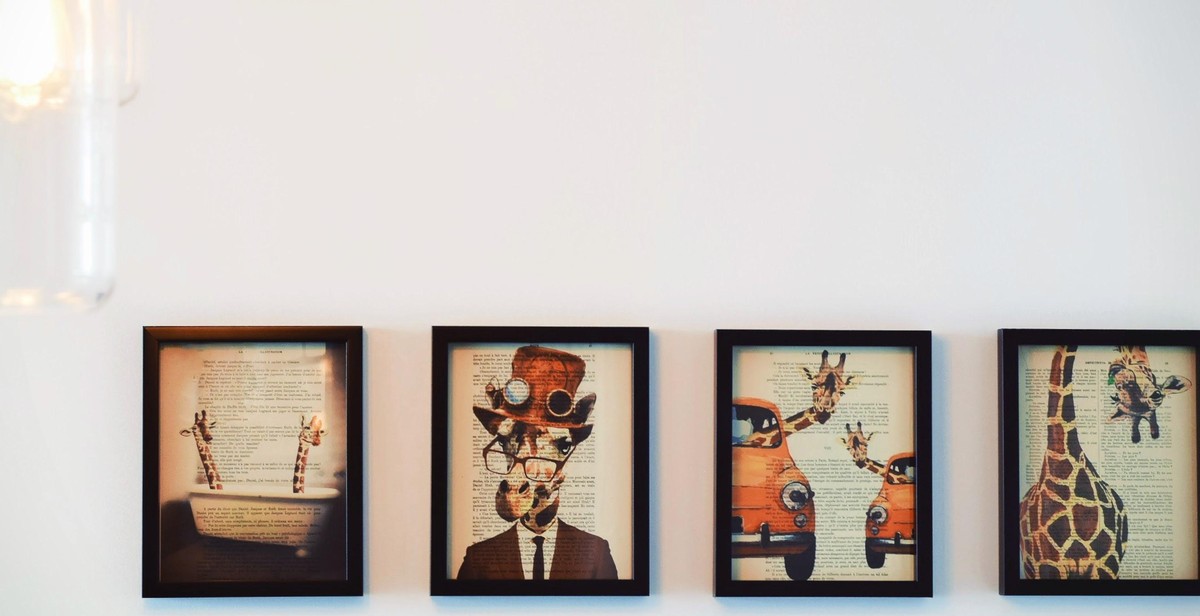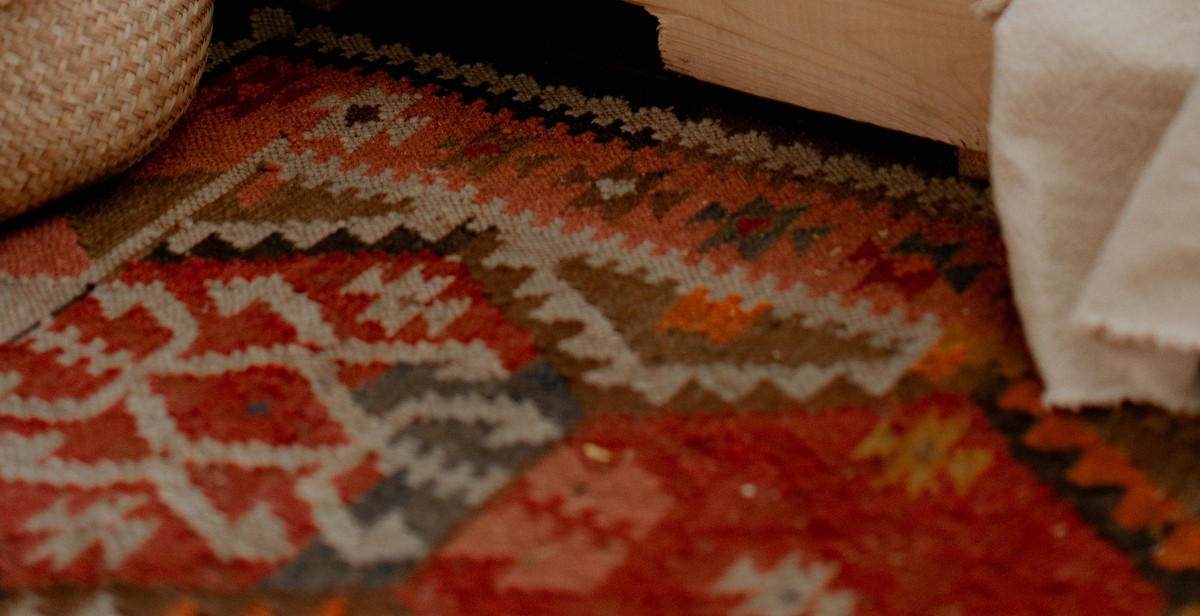How to Create an Accent Wall with Bold Colors: Adding Drama to Your Space
Are you looking to add a pop of color to your space? An accent wall with bold colors can be just the thing you need to create a focal point in any room. Not only does it add visual interest, but it can also bring depth and dimension to your space. In this article, we will show you how to create an accent wall with bold colors, giving your room a dramatic and stylish update.
Why Add an Accent Wall?
An accent wall is a great way to add color and personality to your space without overwhelming it. It’s a simple and cost-effective way to transform your room and create a focal point. An accent wall can also help define different areas in an open-concept space, such as a living room or dining room. By adding a bold color to one wall, you can create a sense of depth and make your space feel larger.
Whether you’re looking to create a cozy and inviting atmosphere or a bold and energetic vibe, an accent wall with bold colors can help you achieve your desired look. With the right color choice and placement, you can transform your space and make it feel like a brand new room.
In the next section of this article, we will explore the different types of accent walls and how to choose the right color for your space.

Choosing the Right Wall
Creating an accent wall with bold colors can add drama and personality to your space. However, selecting the right wall to paint is crucial to achieving the desired effect. Here are some factors to consider when choosing the right wall:
Consider the Room’s Purpose
When selecting the wall to paint, consider the purpose of the room. Is it a bedroom, living room, or a home office? The wall you choose to accentuate should complement the room’s purpose and the overall decor. For instance, if you’re painting a bedroom, consider painting the wall behind the headboard to create a focal point. If it’s a living room, choose a wall that’s opposite the main seating area.
Selecting the Best Wall
Once you’ve determined the room’s purpose, the next step is to choose the best wall to paint. Here are some tips:
- Choose a wall that’s free of windows, doors, or any other obstructions.
- Consider the wall’s size and shape. A wall that’s too small may not have the desired impact, while a wall that’s too large may overwhelm the room.
- Choose a wall that’s in good condition. If the wall has cracks, holes, or other imperfections, it may not be the best option for an accent wall.
| Wall to Paint | Effect |
|---|---|
| Wall opposite the main seating area | Creates a focal point and draws the eye towards the seating area. |
| Wall behind the headboard | Creates a sense of depth and adds drama to the bedroom. |
| Wall in a home office | Creates a professional and inspiring environment. |
By considering the room’s purpose and selecting the best wall to paint, you can create an accent wall that adds drama and personality to your space.

Picking the Perfect Color
Choosing the right color for your accent wall can be a daunting task. However, understanding color psychology can help you pick the perfect hue that will create the desired mood in your space.
Understanding Color Psychology
Colors have the power to evoke emotions and affect our mood. Warm colors like red, orange, and yellow are associated with energy and excitement, while cool colors like blue, green, and purple are calming and soothing. Neutral colors like beige and gray are versatile and can create a sense of balance.
Consider the mood you want to create in your space before choosing a color. For example, if you want to create a cozy and intimate atmosphere in your bedroom, warm and muted colors like burgundy or dusty rose would be a great choice. On the other hand, if you want to create a calming and relaxing atmosphere in your bathroom, cool and refreshing colors like aqua or seafoam green would work well.
Finding Inspiration
When looking for inspiration for your accent wall, consider the existing colors in your space. Look for colors that complement or contrast with your furniture and decor. You can also draw inspiration from nature, artwork, or fashion trends.
- Check out home decor magazines and websites for inspiration.
- Create a mood board with different color swatches and inspirations to help you visualize your ideas.
- Visit a paint store and pick up some color swatches to take home and compare to your existing decor.
Testing Colors
Before committing to a color, it’s important to test it out in your space. Paint a small section of your wall with the color and observe how it changes throughout the day. Consider how it looks in natural light and artificial light, as well as how it complements your existing decor.
| Testing Colors Checklist: |
|---|
| Paint a small section of your wall with the color |
| Observe how it changes throughout the day |
| Consider how it looks in natural and artificial light |
| See how it complements your existing decor |
By understanding color psychology, finding inspiration, and testing colors, you can pick the perfect color for your accent wall and create a dramatic and personalized space.

Preparing the Wall
Before you start painting your accent wall, you need to prepare the surface properly. This will ensure that the paint adheres well and the finish looks smooth and even. Here are the steps to follow:
Gathering Supplies
First, gather all the necessary supplies. You’ll need:
- Paint
- Primer
- Painter’s tape
- Drop cloth
- Sandpaper
- Filling compound
- Putty knife
- Cleaning solution
- Rags
- Paint roller
- Paintbrush
- Paint tray
Cleaning and Repairing the Wall
Next, clean the wall thoroughly. Remove any dirt, dust, or cobwebs using a cleaning solution and a rag. If there are any holes, cracks, or dents in the wall, use a filling compound and a putty knife to repair them. Once the compound is dry, sand the wall surface until it is smooth.
Priming the Wall
Before applying the paint, prime the wall with a good quality primer. This will help the paint adhere better and provide a more even finish. Apply the primer evenly using a paint roller or brush. Let it dry completely before moving on to the next step.
By following these steps, you’ll be able to prepare your wall for painting and ensure that your accent wall looks stunning.

Painting the Wall
Now that you have chosen the perfect color for your accent wall, it’s time to start painting. Here are some tips to ensure a successful painting project:
Choosing the Right Paint
When choosing paint for your accent wall, it’s important to consider the type of paint and finish. For example, if you want a matte finish, you should opt for a flat or matte paint. If you want a shiny finish, you should choose a gloss or semi-gloss paint. Additionally, consider the quality of the paint. Higher quality paints may cost more, but they tend to have better coverage and durability.
Painting Techniques
Before you start painting, make sure to prep the wall by cleaning it and filling in any holes or cracks. Use painter’s tape to protect any areas you don’t want to paint. When painting, start by cutting in around the edges of the wall with a brush, then use a roller to fill in the rest of the space. Apply two coats of paint, allowing the first coat to dry completely before applying the second.
Adding Texture
If you want to add some texture to your accent wall, consider using a textured paint or adding texture with a technique like sponging or rag rolling. These techniques can add depth and interest to your wall, making it a true statement piece in your space.
| Painting Tips: |
|---|
| Use high-quality paint for better coverage and durability |
| Prep the wall by cleaning and filling in any holes or cracks |
| Use painter’s tape to protect areas you don’t want to paint |
| Start by cutting in around the edges of the wall with a brush |
| Use a roller to fill in the rest of the space |
| Apply two coats of paint, allowing the first coat to dry completely before applying the second |

Completing the Look
After creating a stunning accent wall with bold colors, it’s time to accessorize the room to complete the look. Here are some tips to help you bring the space together:
Accessorizing the Room
- Choose accessories that complement the colors of your accent wall. For example, if you have a blue accent wall, consider adding throw pillows or curtains in shades of blue or complementary colors like orange or yellow.
- Use metallic accents to add some shine and glamour to the room. Gold or silver picture frames, lamps, or decorative objects can add a touch of sophistication to the space.
- Don’t forget about the floor! A colorful rug can tie the room together and add some texture and warmth.
- Plants and flowers can bring life and color to the space. Choose plants that thrive in the lighting conditions of your room and match the overall aesthetic.
Balancing Bold Colors
When working with bold colors, it’s important to balance them out to avoid overwhelming the space. Here are some tips:
- Use neutral colors for the rest of the walls and furniture to create a balance. White, beige, or gray can work well with bold colors.
- Consider using patterns and textures to break up the solid colors. A patterned throw pillow or a textured throw blanket can add some visual interest to the space.
- Use lighting to your advantage. A well-placed lamp or pendant light can highlight the accent wall and create a cozy atmosphere.
| Tip: | Don’t be afraid to mix and match colors and patterns, but make sure to keep the overall look cohesive. Use your accent wall as a focal point and build the rest of the room around it. |
|---|

Conclusion
Creating an accent wall with bold colors is an excellent way to add drama and personality to your space. With the right tools and techniques, you can transform a plain and boring room into a vibrant and exciting one.
Key Takeaways
- Choose a color that complements your existing decor and reflects your personal style.
- Consider the lighting and size of your room when selecting a bold color.
- Prep your wall properly before painting to ensure a smooth and even finish.
- Experiment with different painting techniques, such as ombre, stripes, or stenciling, to create a unique look.
- Accessorize your accent wall with complementary decor, such as artwork, plants, or textiles.
Benefits of Creating an Accent Wall
Adding a bold accent wall to your space can have several benefits, including:
- Instantly upgrading the look and feel of your room without a major renovation.
- Creating a focal point that draws the eye and adds visual interest.
- Expressing your personal style and taste through color and design.
- Enhancing the mood and atmosphere of your space.
- Increasing the value and appeal of your home.
Final Thoughts
Creating an accent wall with bold colors can be a fun and rewarding DIY project that transforms your space into a work of art. With the right tools, techniques, and accessories, you can achieve a stunning and unique look that reflects your personality and style.
